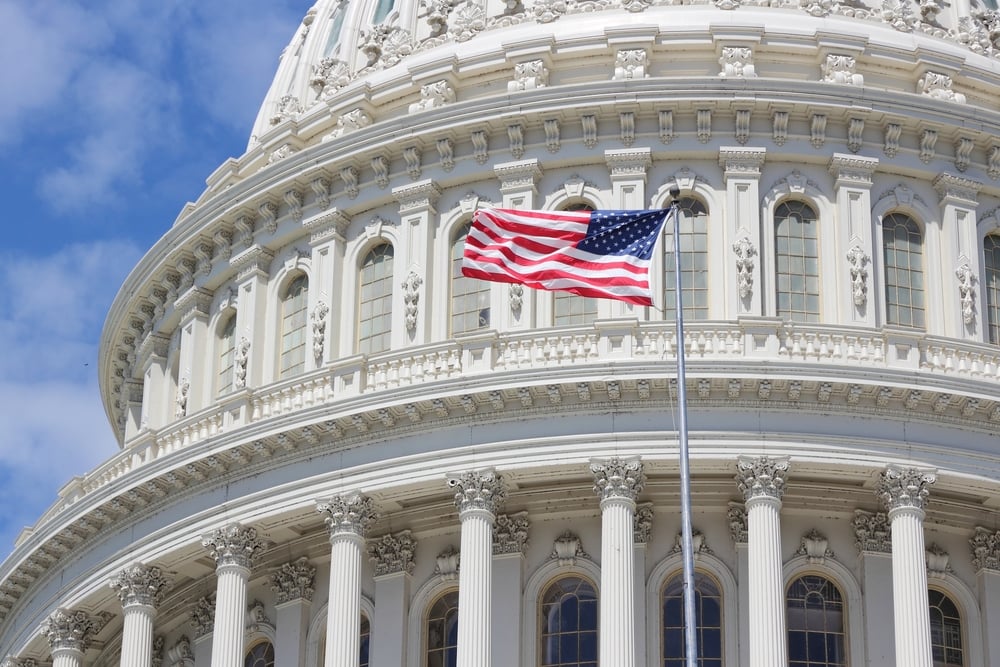Money Makes The World Go Round
Want More Money in Your Savings Account? Congress Will Help Out

As part of the Tax Reform 2.0, the House passed the Family Savings Act of 2018, a proposal meant to help people:
“save more and earlier throughout their lives by expanding access to new and existing savings vehicles.”
Great idea! But the sad reality is that this law is still woefully far from representing where most Americans are right now.
The House and the Senate need to find a way to accommodate the Family Savings Act with the RESA (Retirement Enhancement and Savings Act) by the end of this year.
Contributions up to $2,500 a Year
The Family Savings Act encourages savings, at a time when most Americans are struggling to preserve wealth. In fact, the numbers are alarming: 57% of Americans have less than $1,000 in their savings accounts. Moreover, 40% of all citizens have no savings at all.
As a component of the new bill, taxpayers have more disposable income. They can create a universal savings account and contribute up to $2,500 every year.
The good news is that once you have this account, you can withdraw the funds tax-free for any use. And you won’t pay any penalty, regardless of when you decide to take the money out of your account.
The Tax Reform 2.0 bill changes the section 529 Education Savings Plans as well. You can use tax-exempt distributions to pay for higher education expenses, which can include books, supplies, participation in an apprenticeship program, and even homeschooling expenses, (no, sadly, luxury travel and fine dining don’t count).
An Improvement to Retirement Plan Rules
The Family Savings Act in 2018 also looks to expand and preserve retirement savings accounts. If you have less than $50,000 in your eligible retirement plans, Title I of the bill releases you from the required minimum distribution rules.
The new bill also allows employees to transfer their 401(k) annuity (or similar plan) to an IRA without paying taxes. However, taxpayers should know that this change is permanent from this year on, so they can’t then go back and change the characteristics of their IRAs.
Another crucial change involves penalty-free withdrawals from retirement plans to cover new child-related expenses. If you adopt or give birth to a child, you can use the money in the 403(b), 457(b) or IRA to pay your expenses, with the chance of reintegrating the funds in the future.
The short-hand? The Tax Reform 2.0 isn’t going to make any drastic changes to your life. But it might encourage you to save for a rainy day or get back into higher education. Just think of all those “educational” expenses you can write-off now.
Featured image from Shutterstock.
